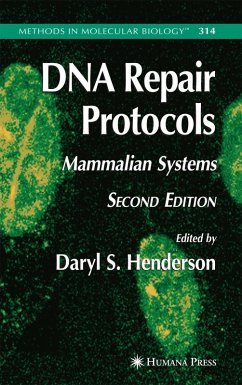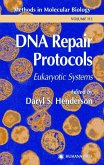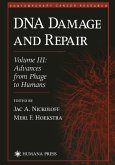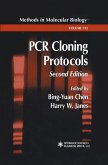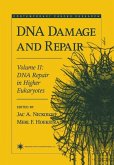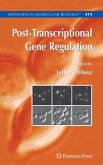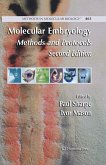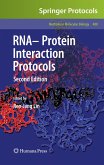Dieser Download kann aus rechtlichen Gründen nur mit Rechnungsadresse in A, B, BG, CY, CZ, D, DK, EW, E, FIN, F, GR, HR, H, IRL, I, LT, L, LR, M, NL, PL, P, R, S, SLO, SK ausgeliefert werden.
"The list of authors contains many of the leading scientists within the field...Protocols for most experimental eukaryotic organisms are described, from yeast through plants, worms, flies and frogs to mammals. Another laudable quality of this book is the standardization of the descriptions in Materials and methods. Since (almost) all articles are organized similarly, it is relatively easy to find what you want. Also, technical details have been standardized....At the end of each article , there is a 'Notes' section with detailed explanation of specific technical points. For a novice it is good to be reminded that ethidium bromide is a mutagen and that lids should be loosened before putting flasks in the microwaveoven. Iparticularly liked the description, written by the editor, of how to squash Drosophila larvae on a microscope slide by"standing on it with the ball of your foot or your heel. If using the foot method, place the slide (sandwiched in 3 MED MER) on a hard clean floor, cover it carefully with a piece of wood, and stand on that". ...this book keeps up the reputation of the 'Methods in Molecular Biology' series and I would recommend if for labs working with DNA repair, in particular for use by students and technicians."-FEBS Letters

